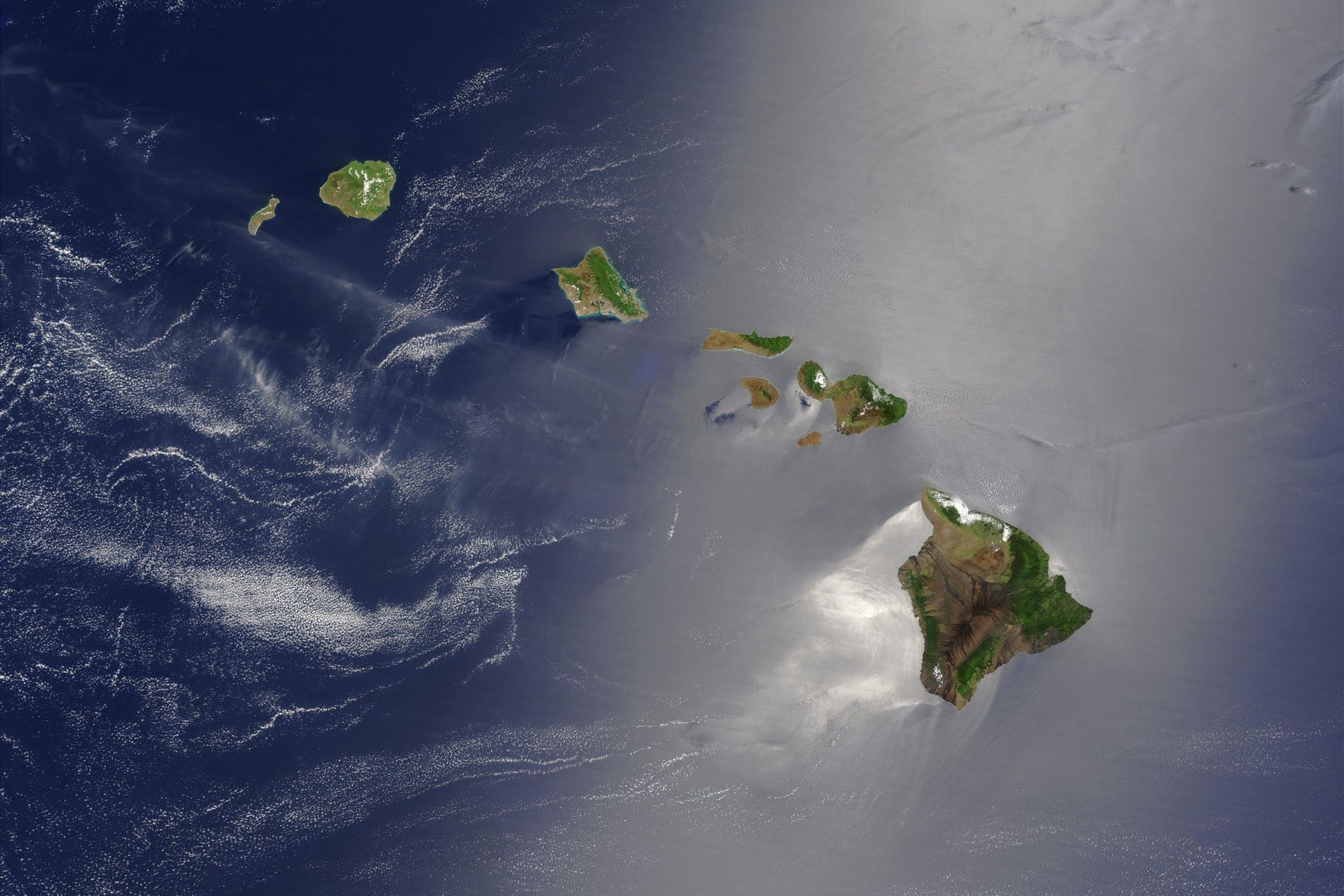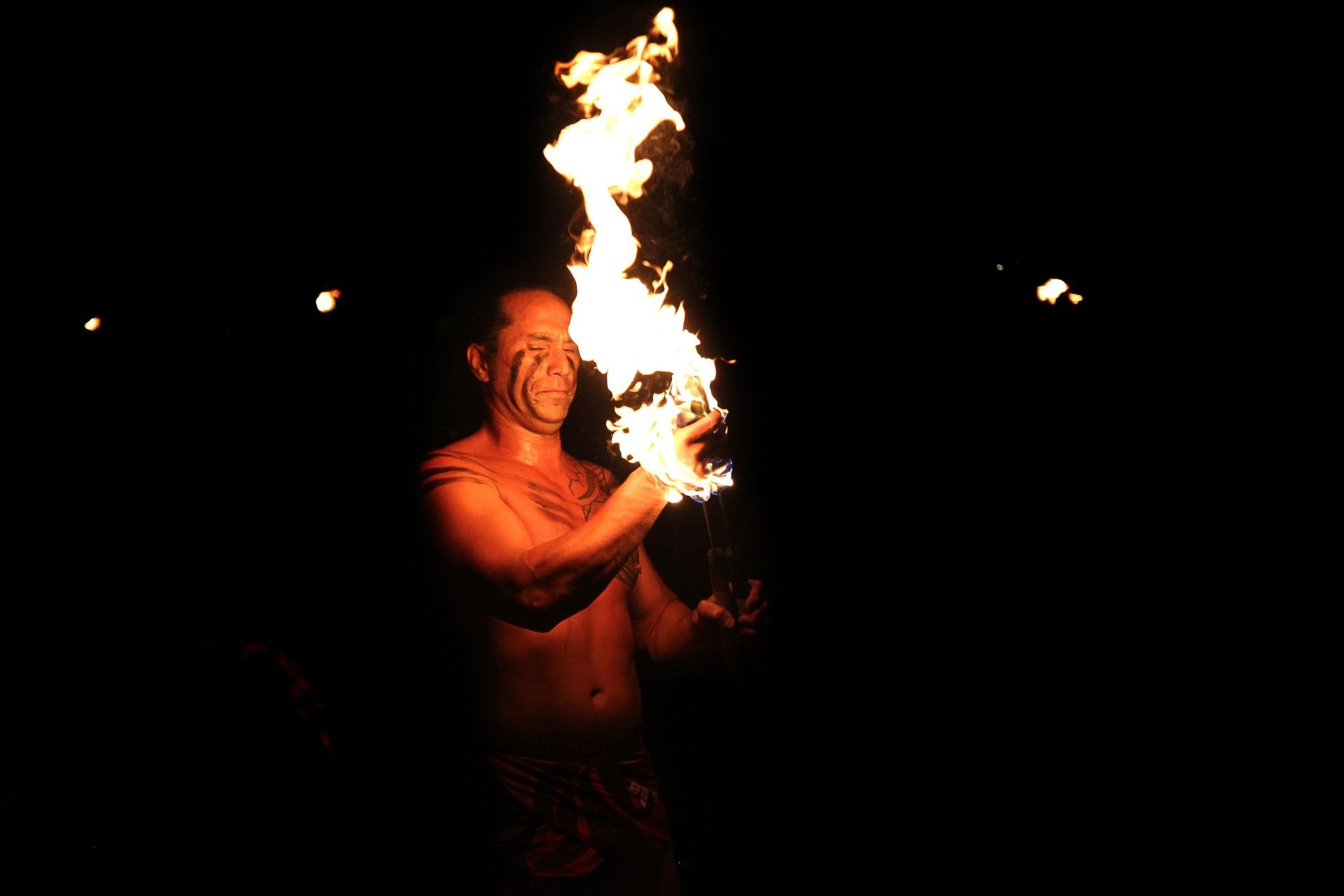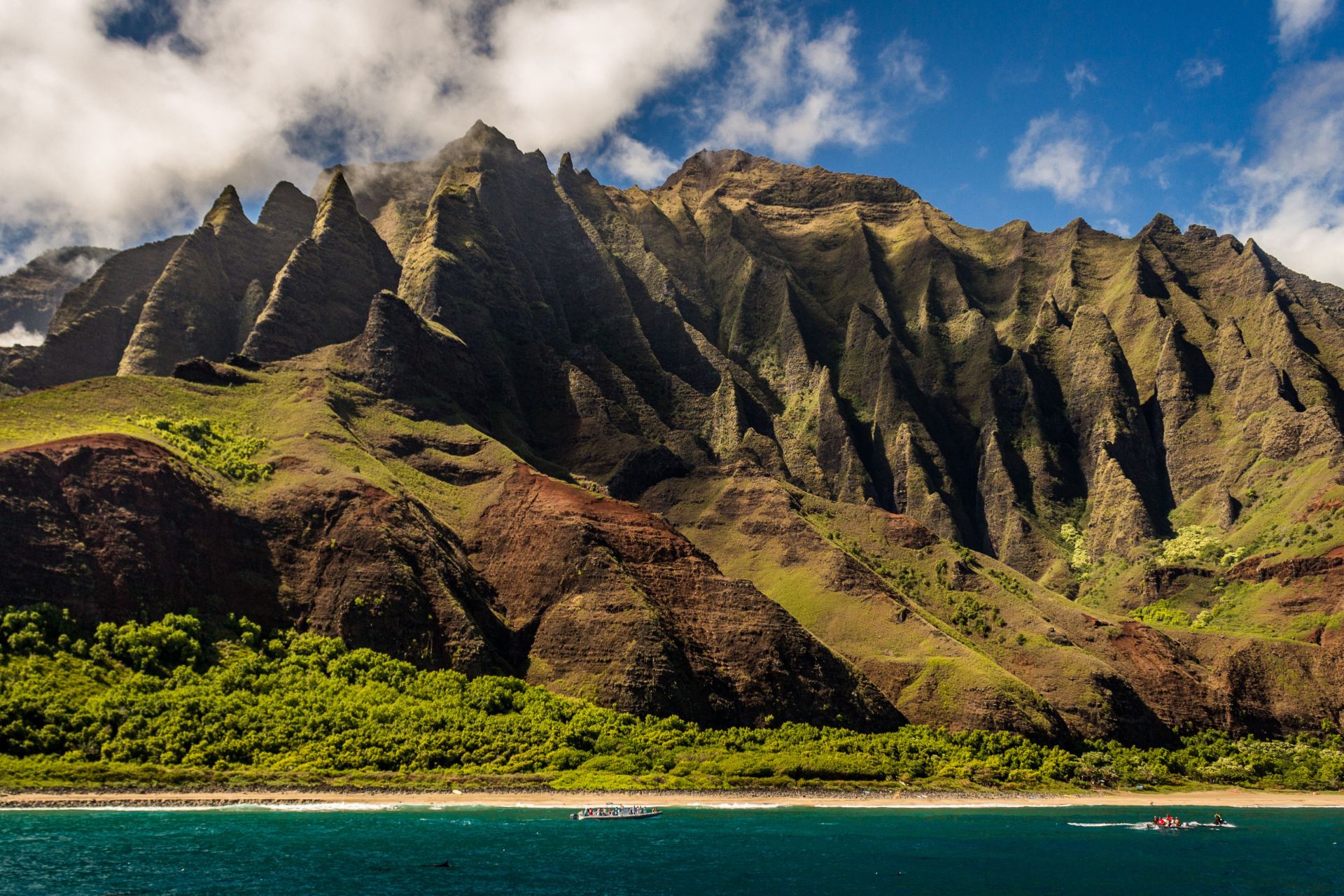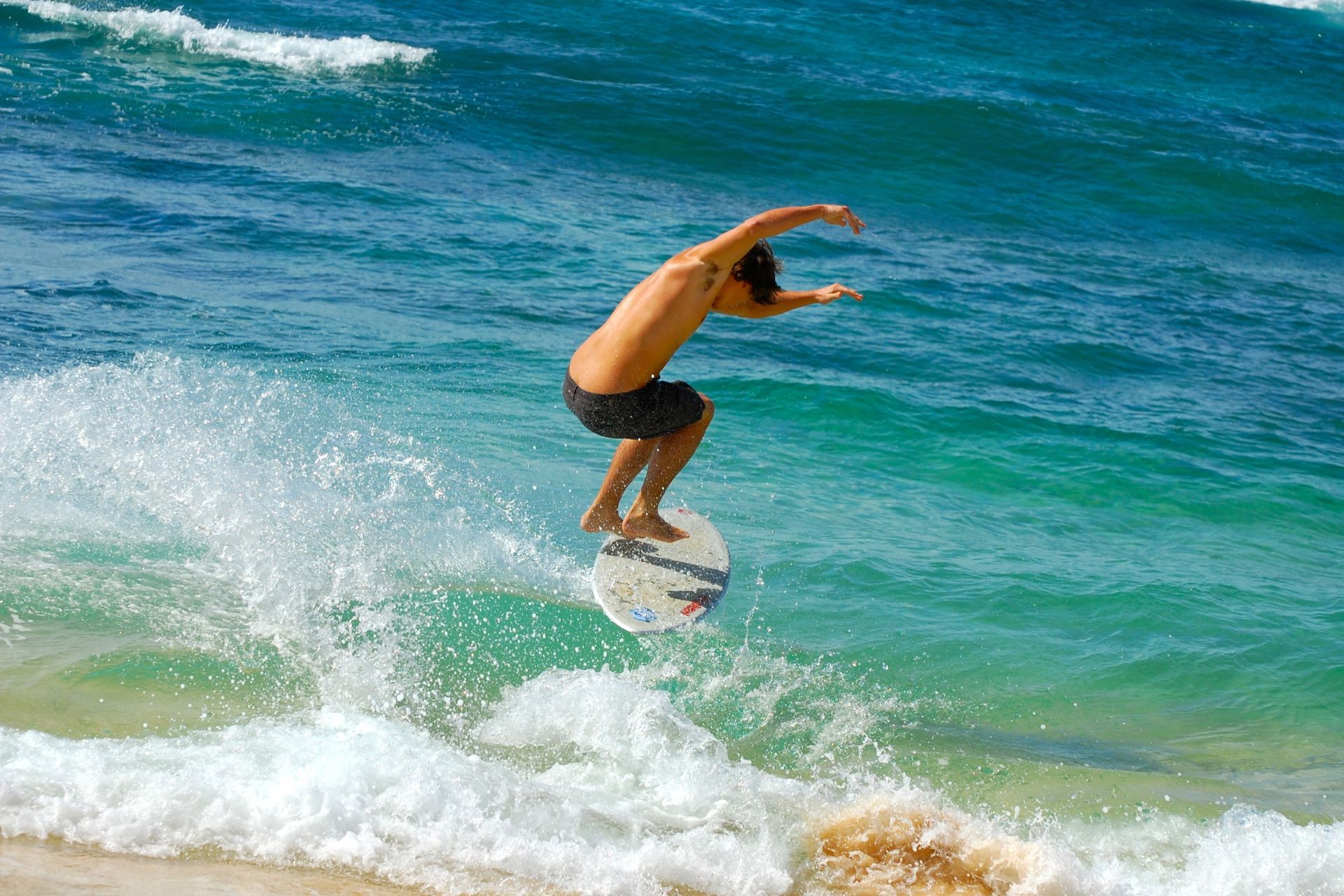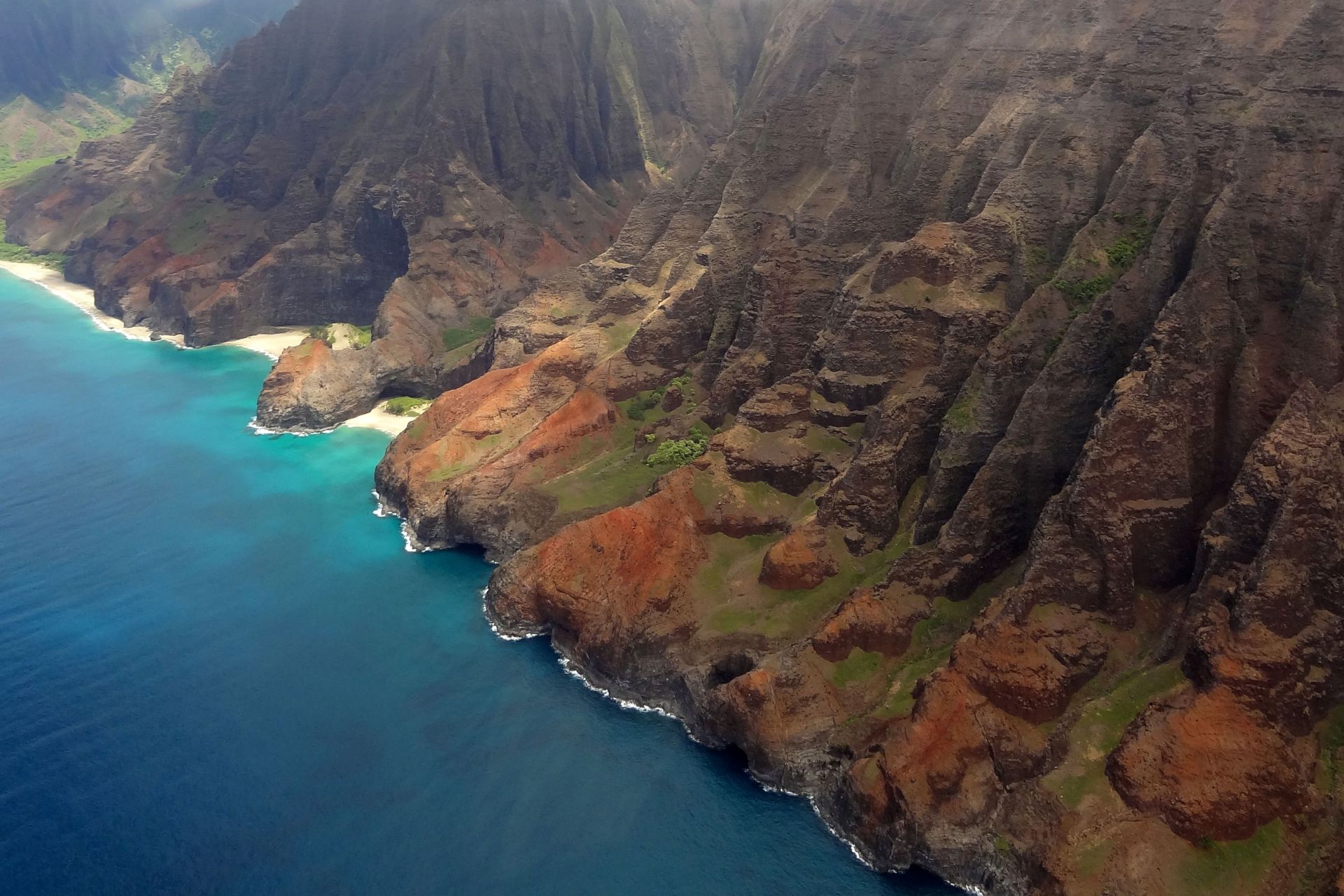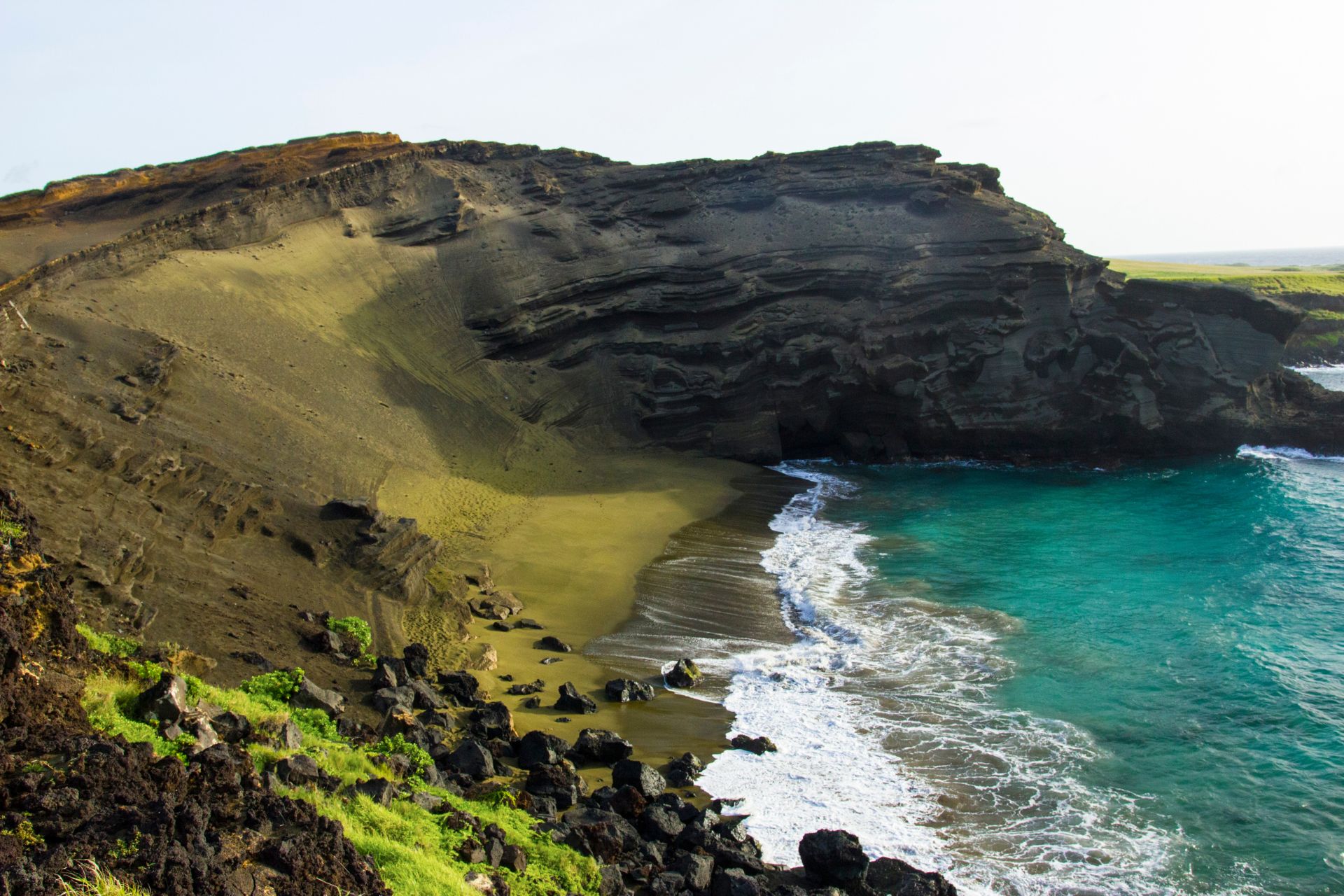Hawaii
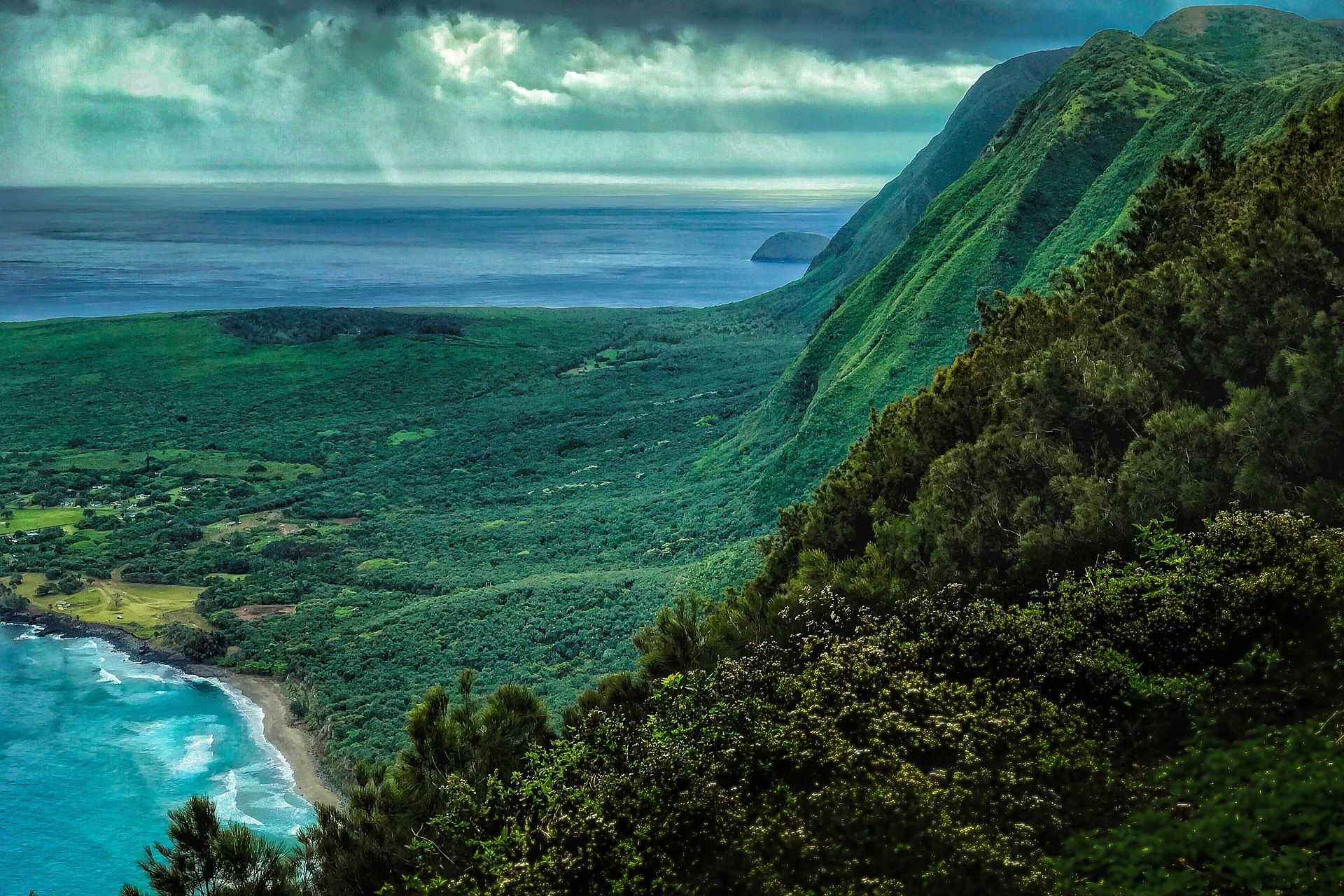
Sports and adventures
Here we present the sports activities that we believe are a must try.
On the Sport page you will find the technical data sheets of the sporting activities.
Get inspired and then contact me to design your custom itinerary. I’ll prepare a travel plan that reflects your wishes and your desire for adventure.
Surfing: the Hawaiian Islands are the homeland of surfing, born here as a sport reserved exclusively for royalty, and for this reason often referred to as the “sport of kings”.
Surfing of all levels is possible on any of the 6 main islands. For beginners the famous Waikīkī Beach (island of O‘ahu) is recommended as one of the best spots to learn to “catch a wave”.
On the Northshore, the north coast of Oahu, we find some of the most dangerous waves on the planet, which in winter can reach 20-25 meters in height. This coast is considered the favorite competition ground for surfers from all over the world, who gather along the beautiful beaches of Sunset Beach, Waimea Bay and Haleiwa, a town where it seems there are only surf shops and surf clubs. On the other coasts, especially in the south, there are waves suitable for more or less everyone, perfect for learning and improving in this sport.
Biking: whether you want to visit the archipelago in peace or if you love strenuous pedaling immersed in the rainforest or on the tops of the cliffs, here you will find bread for your teeth.
Maui, for example, offers plenty of bike trails.
If you can’t do without a race even on vacation, you can participate in the East Maui Loop, a 185 kilometer course of winding roads and incredible climbs that passes through the rainforest from east Maui, the ranches in the Haleakalā area and small towns like Haiku, Hana, Kipahula and Kula, via Hana Highway which is listed on the National Register of Historic Places.
Hiking: One of the best ways to experience the beauty and scenery of the Hawaiian Islands is by hiking. The spectacular and ever-changing views start from the jungle, passing through the towering trees to finish with a climb up to the craters of the volcanoes. And let’s not forget the sea, with colors that only Hawaii can offer.
One of the most spectacular points from which to view the landscape is the ‘Awa‘apuhi Trail on the island of Kaua‘i. Getting there could take from 3 to 5 hours to complete the entire journey based on your level of training and the “panoramic” breaks you will take.
Climbing/bouldering: “There is no climbing in Hawaii” has become something of a mantra among the local climbing community. The saying is based on the belief of climbers from the United States that there is no possibility of climbing in Hawaii. But if you book a trip here, you’ll soon wish you’d brought your own climbing shoes.
The variety of climbing styles available also make Hawaii worth a visit. Different landscapes and climatic zones make each crag totally unique. Rock climbing is the perfect way to see a different side of Hawaii, to get a richer and more authentic experience.
Maui is home to the largest number of sport climbing crags in the state.
Waimea, Oahu is ideal for beginners or those looking to hit some easy routes at the start of their trip.
The Arch is one of Oahu’s other classic bouldering areas, reachable with an hour’s walk.
The Sacred Boulder site is worth a visit for its ease of approach and excellent rock.
Diving: all the islands are of volcanic origin and due to their incredible beauty, the magnificent coral reefs, the splendid sea, the long beaches and the optimal climate, they are one of the most popular and dreamed destinations even by divers and snorkelers as well as by surfers from all over the world.
The Hawaiian Islands are home to some of the healthiest coral reefs in the world featuring an extremely diverse marine life with over 7,000 species, a quarter of which are endemic. Here among myriads of reefs, caves, black corals, canyons, walls and volcanic rock formations, Galapagos sharks, white tip and tiger sharks, as many as 5 species of sea turtles, dolphins, manta rays, eagle rays, monk seals, humpback whales swim and countless other wonderful creatures.
The volcanic origins also have the plus of having created natural lava tubes and rock formations, resulting in incredible adventures.
Night diving with giant manta rays off the coast of Kona is said to be an almost mystical experience that every diver should try.
The best time to dive with humpback whales is between December and March when, most years, they appear here to breed and give birth.
Diving in Hawaii can be enjoyed all year round, with average water temperatures between 24-27°C (75-80°F) reaching their peak in September. In winter, a 3mm wetsuit is preferable, while a 1mm vest is sufficient for summer.
One of the most popular sites is Black Rock, with its beautiful reefs populated by stingrays, fish and turtles.
Another unmissable site, about half an hour by boat from Maui, is the Molokini Crater. Inside this crater it is possible to meet manta rays, eels, fish, moray eels and sharks.
There are also many interesting wrecks off Maui; among these the best known are the St. Anthony and the Carthaginian. Both wrecks were sunk to create artificial reefs, becoming home to green turtles, damselfish and colorful tropical fish.
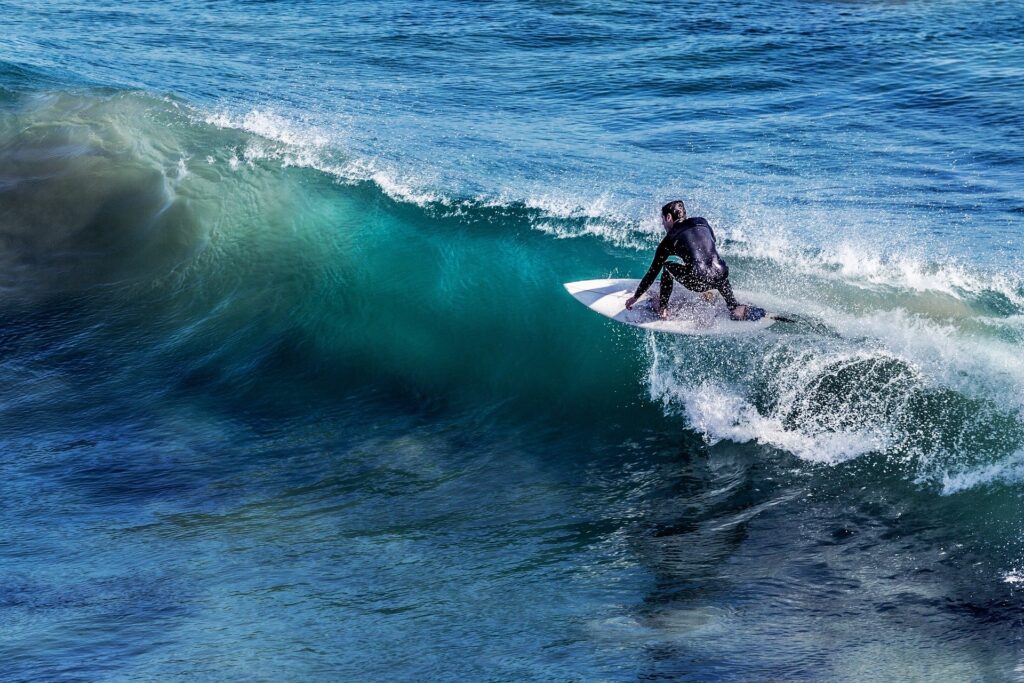
Experiences
Here are some of the unique and exciting experiences you could live in this destination:
Whale watching: even for those who do not dive, the sighting of humpback whales is a unique and unmissable experience. The best time to spot humpback whales that come to breed and give birth is between December and March.
Helicopter flight over the crater of a volcano.
Jungle or rainforest trek.
See the sunset and stargaze from the top of a volcano.
Visit a different colored beach every day, such as Black Sand Beach or Green Sand Beach, and of course go swimming.
Drive on the Hana Road between curves, bridges, waterfalls, the forest and a spectacular panorama of the sea.
Visit one of the national parks.
Bathe in the natural pool under a waterfall.
Swimming with turtles.
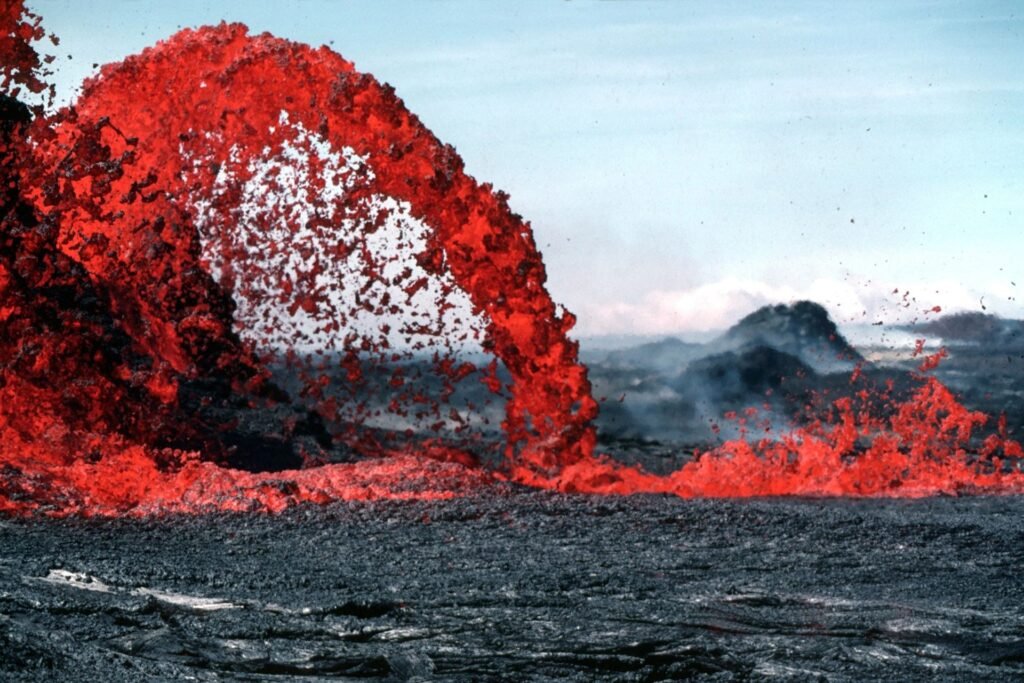
What to see
Hawaii is full of big cities with skyscrapers and very active nightlife but they are also dotted with small villages where you can discover local crafts and taste the local delicacies.
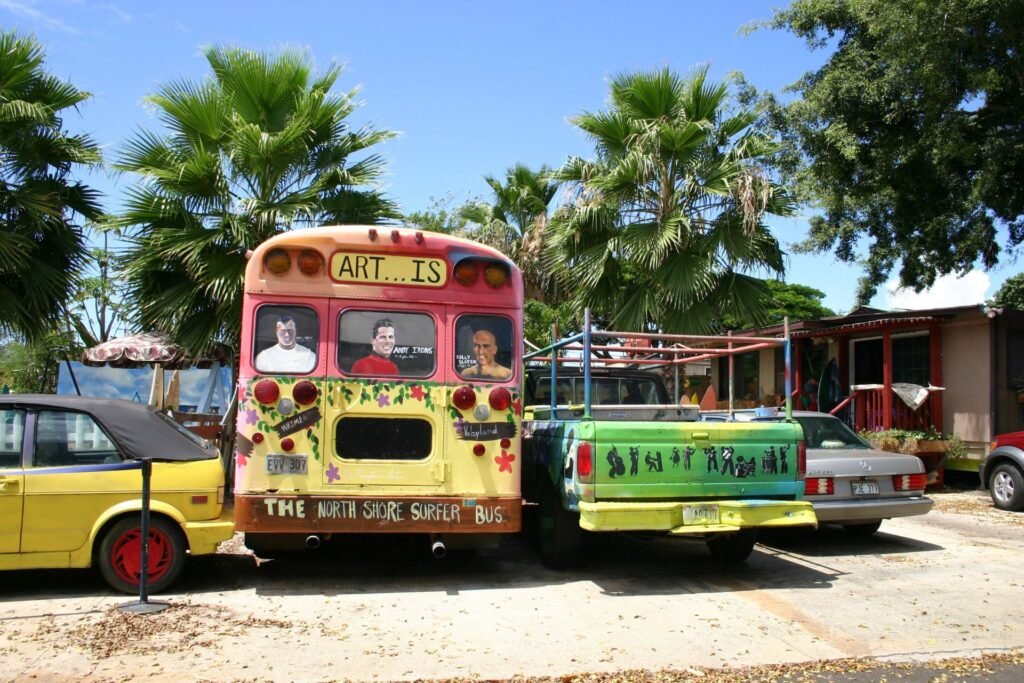
Food and Wine
Traditional Hawaiian cuisine is a happy mix and match of flavors, textures and colors that comes from the combination of dishes imported by Chinese, American, Filipino, Portuguese, Polynesian and Korean immigrants.
In the various dishes you will smell coconut, pineapple, taro and sweet potatoes.
To make your mouth water, here are 10 typical dishes that you can taste in Hawaii:
Poke
It was born as a traditional dish of Hawaiian fishermen.
It’s raw fish, usually tuna, marinated with various seasonings such as soy sauce, sesame oil, green onions, seaweed. The dish is fresh and light; it’s often served as an appetizer, but is also referred to as lunch. There are also versions of Poke in which the tuna is replaced with octopus, salmon or shellfish, or even with meat or in a vegetarian and vegan version.
Loco Moco
Born as an energy dish for surfers, this single dish based on white rice with hamburger and fried egg, accompanied by abundant gravy sauce. There are several variations based on chicken, oysters, ham and prawns.
Lau Lau
Appetizer prepared with pieces of steamed chicken, fish or pork wrapped in taro leaves (a purple tuber very common in Hawaii). The resulting rolls are then pressed and cooked in the oven.
Poi
It’s an ancient dish that looks like a purple cream. It is prepared with boiled taro and then crushed by hand until it becomes a viscous liquid which will then have to ferment for a few days.
Saimin
It’s mostly inspired by Japanese ramen and Philippine pancit.
Saimin is a dish of wheat noodles served in broth usually with pork, nori seaweed, onions and kamaboko (Japanese food made from processed fish).
You can easily find it in fast food restaurants.
Huli Huli Chicken
Huli huli chicken is one of the dishes you absolutely must try if you love chicken. The chicken is roasted on a spit with soy sauce, fruit, brown sugar and ginger.
Lomi Lomi salmon
Another “fusion” dish of Hawaiian cuisine is lomi lomi salmon, which was brought to the islands by sailors from the West. Today eaten as a side dish, these are diced salmon served with lemon, onions, tomatoes and chilli.
Kalua Pig
A typical holiday dish, once reserved for kings and chiefs, it’s usually served during the Hawaiian Luau celebration. The pork is cooked in the sand, covered with banana leaves.
Luau squid
Creamy puree made from squid, taro leaves, salt, sugar, coconut milk and dried beef. Despite the appearance, it is a great mix between sweet and salty.
Haupia
Typical Hawaiian dessert that resembles panna cotta and is made with corn starch and coconut milk. It is usually eaten during luau parties.

When to go
What is the best time to visit Hawaii?
The archipelago can be visited all year round, but the best time to go to Hawaii is from May to October. The air temperatures are high but bearable thanks to the trade winds.
From December to March the temperatures are a little lower, the nights cool and the rains more abundant, but the days are almost always sunny.
Hawaii is in the path of tropical cyclones, but is rarely affected by them. Cyclone season runs from June to November, but they are more likely during August and September.
What to pack
Of course, what to pack for a trip depends on what activities you will do and, above all, on the period when you go there.
Below we give you just a few indications on what absolutely must not be missing.
I generally recommend practical, sporty and informal clothing.
In this country you will need light clothes and a sweater for the evening.
Always bring trekking shoes, a swimsuit and a change with you.
Information
Continent: America
Capital: Honolulu
Language: English and Hawaian
Currency: American Dollar – USD – US$
Power sockets and voltage: 220V/50 Hz
For up-to-date and detailed information visit www.viaggiaresicuri.it
Some tips
These tropical islands are nicknamed “The Aloha State”. The word Aloha, in the Hawaiian language, means much more than a simple hello: it encloses the concepts of peace, love, sharing and joy.
